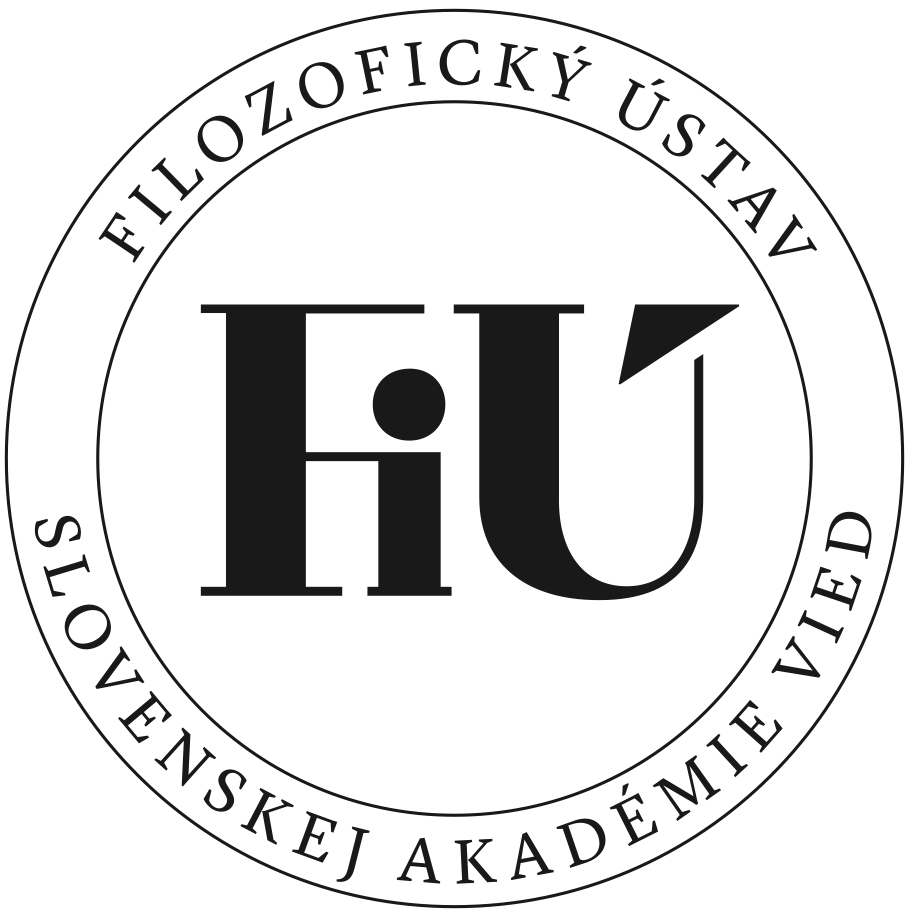Volume 67 (2012), 5
Papers
Abstract
Aesthetic judgments are intrinsically both subjective and normative. Asking what our aesthetic judgments are linked to leads us to the question about metaphysical commitments of the aesthetic experience. This fundamental metaphysical level opens up two basic positions: realism and non-realism. Realism claims that in our experience we face true aesthetic properties… Read more
Abstract
The paper examines the position of realism in the aesthetics and philosophy of art. It analyses the stereotypes in discussions about the possibility of aesthetic realism and points out to some consequences of these for the ontology of a work of art. Further, it shows the position of realism in the ontological theories of an artwork. Various interpretations of… Read more
Abstract
The paper deals with the diachronic personal identity, defining two fundamental approaches to the problem: realism and anti-realism. The theory of D. Parfit serves as an illustration of anti-realism, while perdurantism as a specific case of realism. Contrary to D. Parfit, perdurantism is able to solve the problem of the split while presserving the realistic… Read more
Abstract
What is the status of sentences about fictional entities? What is the reference of their grammatical subject? Do they possess a truth value? The paper explores possible explanations of a truth value of sentences about fictional entities. While avoiding the possible dependency on particular theories, it proceeds in accordance with he fundamental common sense and… Read more
Abstract
The paper sheds light on the fundamental motifs of J. Patočka’s critical adopting of Husserl and Heidegger. It tries to answer the question: What is the distinctive trait of Patočka’s unveiling the dynamics of human existence? In Patočka’s work the history and the historicity of Dasein are discussed in the context of the experience of drif- ting, which makes the… Read more
